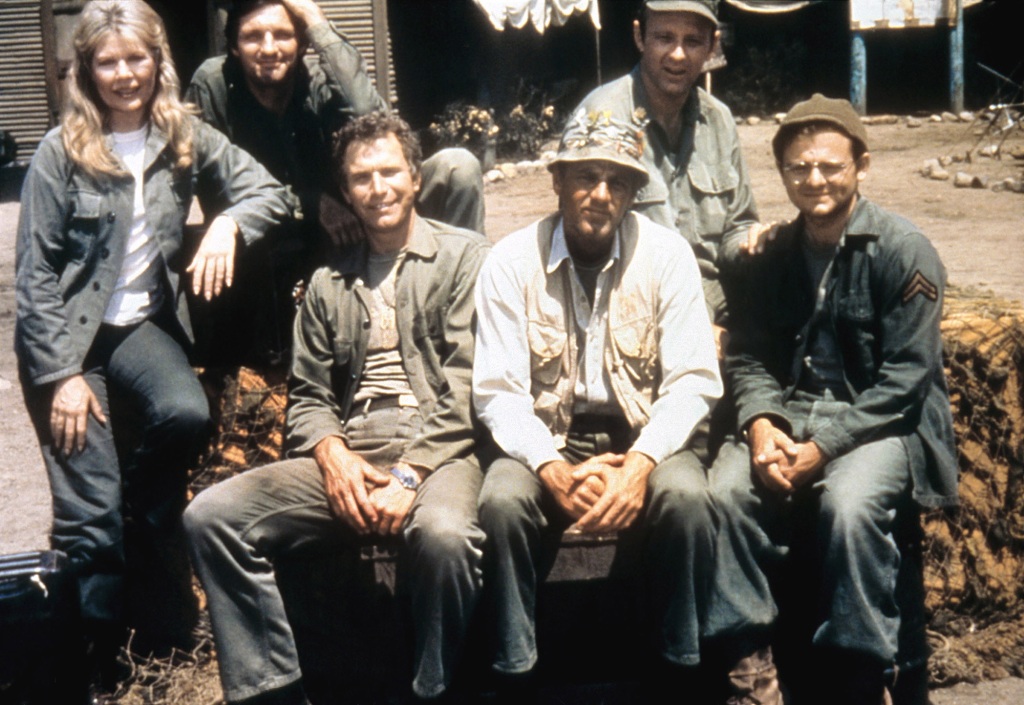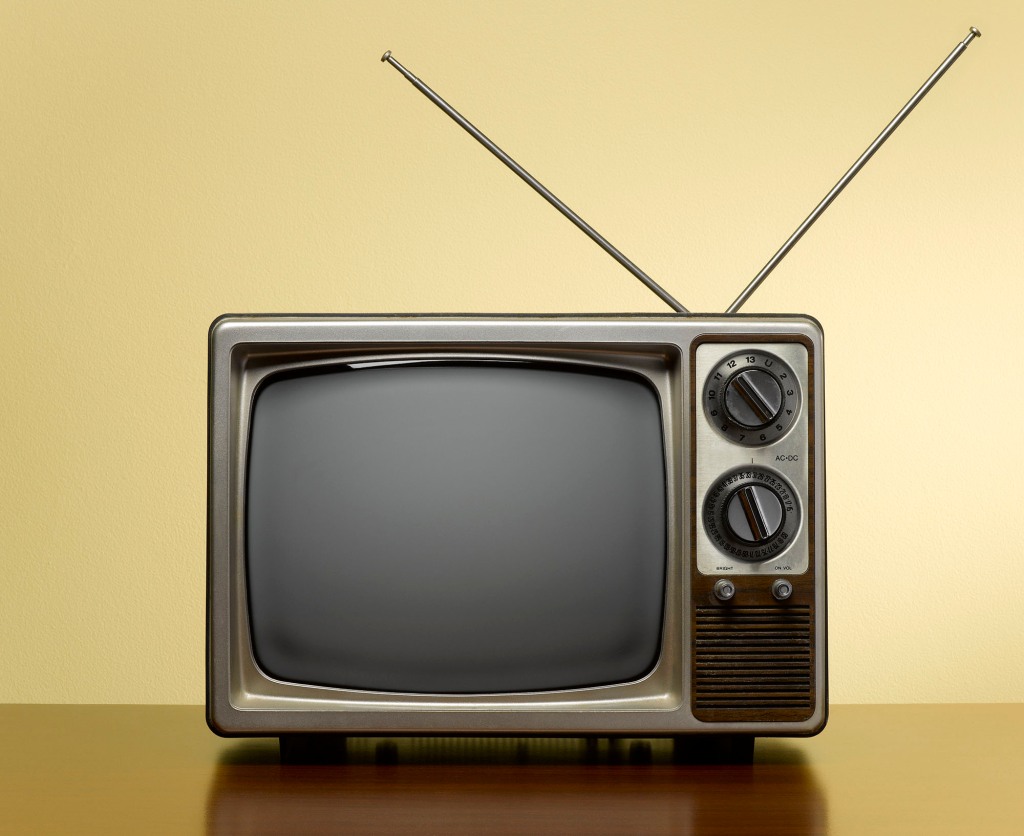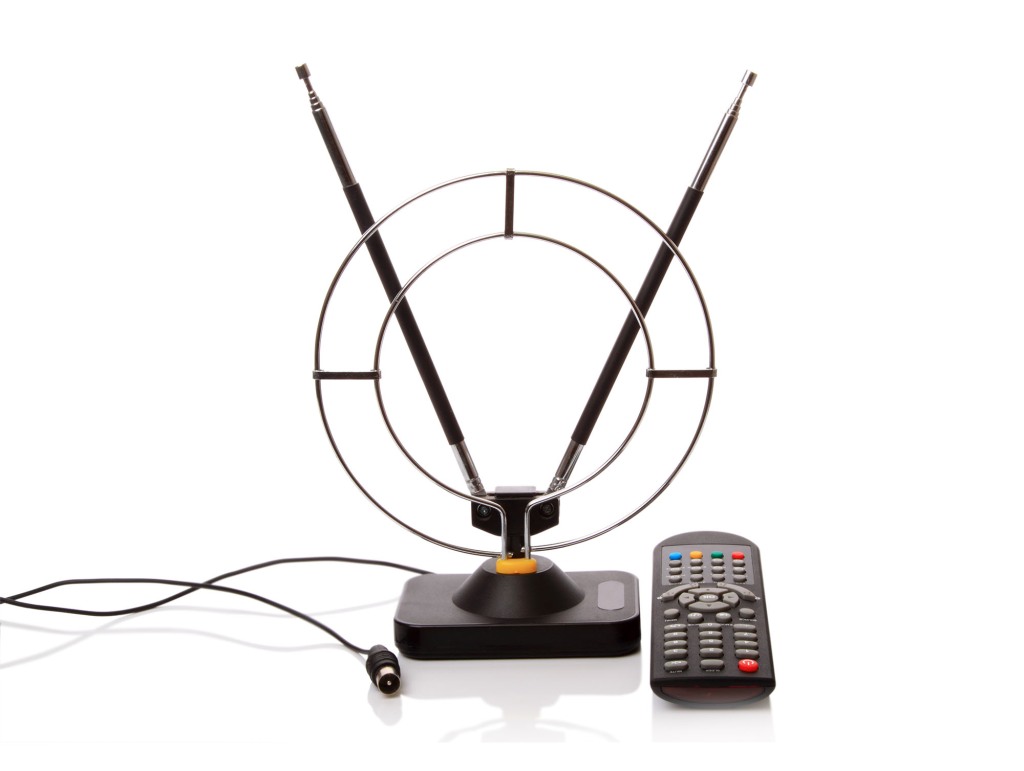Inflation-weary millennials canceling Netflix for antennas
Tim Connon might be the last person you’d expect to extol the virtues of a show like “MASH.” The 31-year-old insurance broker from Chattanooga, Tenn., wasn’t even born when the history-making sitcom hung up its fatigues in 1983.
But after swapping his expensive streaming habit — he and wife Nicole were paying about $100 per month for Netflix, Hulu and the like — for an electronic antenna — purchased on Amazon for less than $28 — Connon says the CBS classic is his new favorite binge-watch.
“We weren’t using our streaming services enough, and we’d have a real problem picking what we want to watch,” said Connon. I thought, ‘Why not just cut out the cable and try this antenna thing?’”

Catching signals
Amidst the worst inflation in their lifetimes, millennials and Gen Zers are turning to something strange and exotic: free TV. The Consumer Technology Association reports that 8.5 millions digital antennas — small, sleek black boxes that are far more discreet than the rabbit ears of yore — were sold in 2021. According to Richard Schneider, CEO of Antennas Direct, antennas are one of the fastest growing categories in consumer electronics in 2022, largely driven by inflation.
“We’re hearing directly from customers that they’re having to either choose to pay for groceries or to pay for six streaming services, which is tragic,” Schneider told The Post. “People are often surprised that an antenna can get 50 to 150 digital channels without buffering, which makes it a no-brainer for those looking to save money.”
More than 40 million American households, or one in three, currently use an antenna, according to CTA, with more than 50 million expected by 2025 — a sizable chunk of an estimated 127 million households. Still, there are many more potential antenna users out there, particularly among the younger set, Schneider noted.

“A significant percentage of the population is still unaware that over-the-air digital TV even exists,” Schneider said.
To that end, Cincinnati-based E.W. Scripps Company, which owns more than 60 television stations around the country, is spending $20 million on a campaign to educate viewers, particularly younger ones, about the benefits of the retro technology. The company has built a new website where users can simply input their zip codes and see how many channels they could be accessing right now.
“There is the generation that just was never around broadcast TV — this concept of this ability to just get free TV is so new and novel to them because they’re so used to streaming services,” said Amanda Brown, vice president of consumer strategy and insights for E.W. Scripps. “The cost savings and the ability to get the big four networks, and to get some of the entertainment programming and others for free is really interesting. They’ll do the math and say, ‘I’m spending $60 or $80 a month on streaming so this concept of cutting back or going 100% over the air is appealing.”

That’s the attraction for Queens-based Dennis Shirshikov, 32, who turned off streaming services and got an antenna two months ago in preparation for a potential recession.
“We noticed we were spending over $150 per year on each service, which seemed absolutely absurd. So we cancelled Netflix, Disney+, HBO Max, and even Amazon Prime to save money,” Shirshikov said. “Now, the bulk of our entertainment comes from basic channels and from free content available on YouTube.”
And, new “MASH” fan Connon is quick to note that he actually enjoys some of the programming he gets via antenna more than all the content he used to stream.
“‘MASH’ is far better than [Netflix hit] ‘Man in the High Castle,’ and that was high-budget,” he said. “We’ll watch something old with lower budget special effects any day now.”
Read the full article Here


